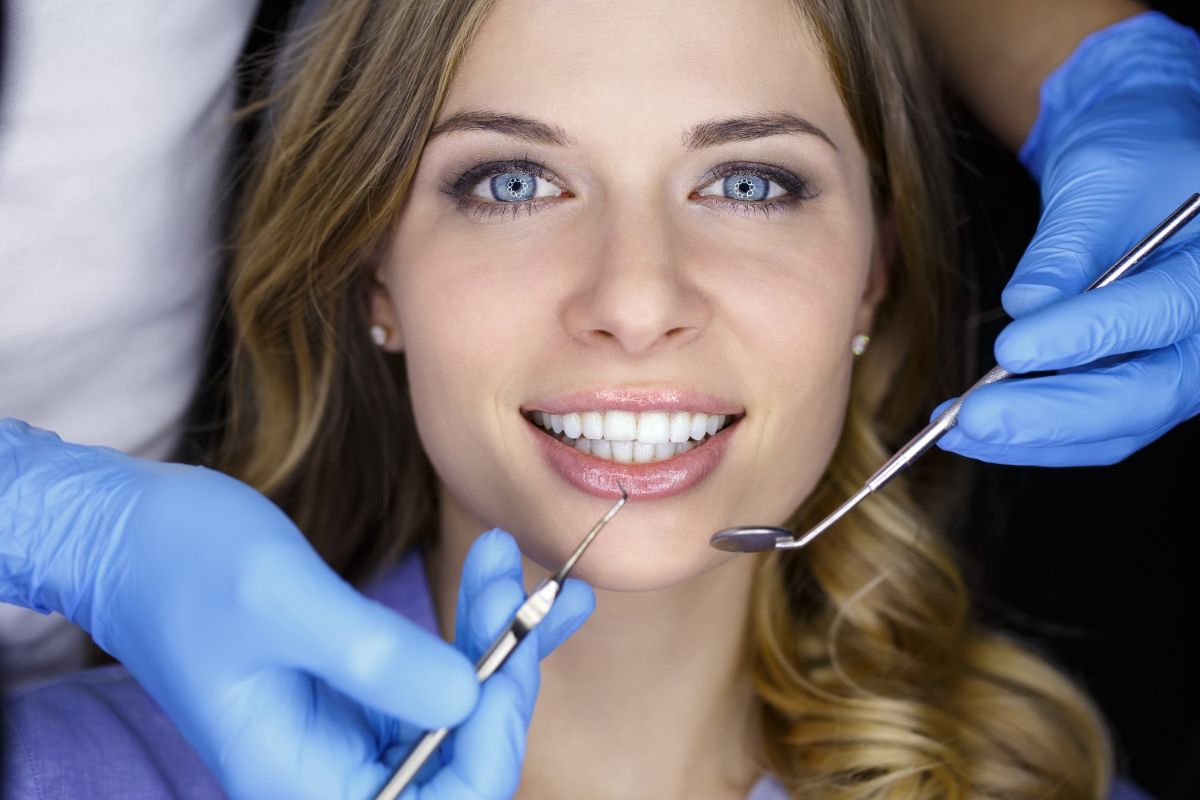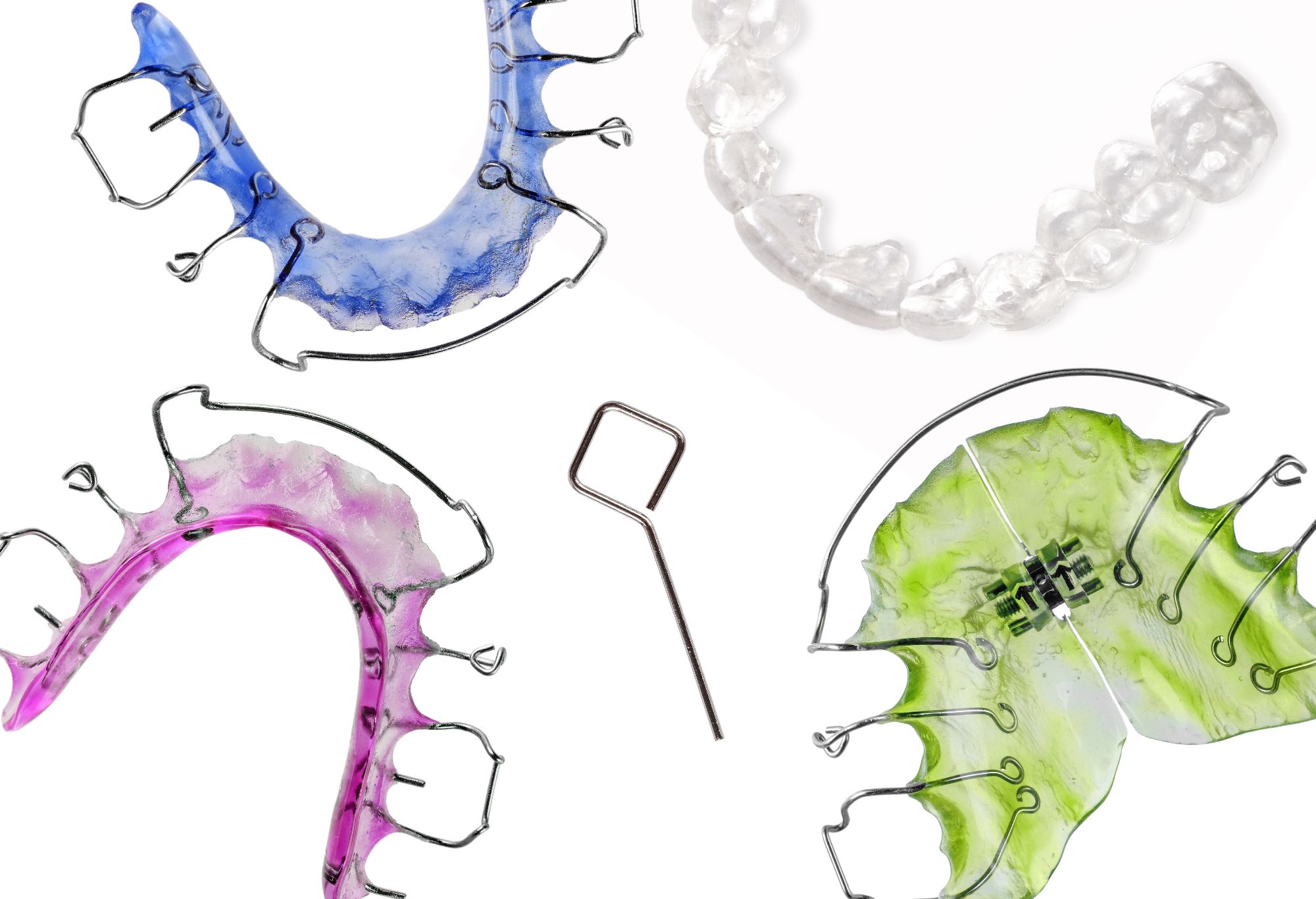
A lot of time and effort goes into the orthodontic treatment process. Whether you’ve spent years in braces or have been wearing Invisalign aligners for a few months to enhance your smile, it’s exciting when you’re finally finished! But don’t get too carried away with celebrating just yet. This is only the first step of orthodontic treatment, and the one that comes next is just as important. After your teeth have been straightened, regular retainer use is the second step of treatment, and it’s necessary to round out the process and help maintain your beautiful new smile. This is why retainers are important after braces!
Here at Alborzi Orthodontics, you will hear us talk a lot about why retainers are an integral part of keeping your teeth in their new, straighter positions. In order to help you understand why retainer use is so essential to prevent your teeth from drifting back into their former places, we’ve put together this helpful guide on why this second phase of orthodontic treatment is so important. Keep reading to find out more.
What exactly is a retainer?
A retainer is an orthodontic appliance that is molded and designed to fit each individual patient’s mouth. We will normally make these by taking an impression of your newly straightened teeth, then creating the retainer with clear plastic material (for an Essix retainer) or from wire and an acrylic material (for a Hawley retainer).
Most orthodontists, including Dr. Alborzi, now recommend that some type of retainer be worn part-time for the rest of your life after the teeth have been straightened. It may sound overwhelming at first, but with a little patience and practice, your retainer will become a part of your daily routine in no time. Eventually, wearing it a few nights a week while you’re sleeping will be all you need to keep your teeth in the desired positions permanently.
Your retainer may feel a little strange at first, and it can sometimes affect your speech while you adjust. Any initial discomfort shouldn’t last long, so don’t let it keep you from wearing the retainer as recommended. Failing to do so can keep it from doing its job, which means your teeth could begin shifting back over time, leaving you right back where you started.
Gum and bone alignment
Your teeth aren’t the only things we want to stay in place after your braces come off or your last aligner is used. The gums and bones in your mouth will need to adjust to these new positions, too. The soft and hard tissues surrounding the teeth can sometimes take a little longer to align to a different position, but by wearing your retainer as directed by Dr. Alborzi, you can help the gums and bones to realign, stabilizing your new bite.
Sound confusing or complicated? To put it simply, teeth aren’t just fixed in the jaw. Each one is held in its socket by elastic ligaments that attach the roots to the bone. These ligaments are living tissue that is affected by the movement of the teeth. It’s this attachment that allows for the small movements of the teeth during treatment. When tension is placed in and around the teeth via braces or Invisalign, new ligaments, and sometimes even bone, are formed.
Once the remodeling phase, or the first phase of treatment, has been completed, those tissues, ligaments, and bone will need time to stabilize. Without the help of a retainer to hold these new positions as they stabilize, the teeth will almost always shift back to their old positions. It can take anywhere from several months to a few years for the new position of your teeth to become more permanent.

Types of retainers
There are two different types of retainers: fixed (bonded to your teeth) and removable. We take several factors into consideration before deciding which kind would best fit you and your lifestyle, including your specific case, your preferences, and the overall compliance expected.
Fixed retainers
A fixed retainer typically consists of a thin wire positioned across the inner surface of the lower or upper front teeth. This is then bonded into place with glue similar to the one used to attach braces to teeth. The wire will stretch across several teeth, so dental care is similar to the way it was if you wore braces, particularly when it comes to flossing, so don’t toss your floss threader just yet if a fixed retainer is a possibility!
Although a fixed retainer can take a little more work to keep clean, it does tend to have the best overall outcome. This is because the bonded wire is able to hold the newly straightened teeth in a more ideal alignment over a long period of time.
Removable retainers
There are two types of removable retainers. Once that has been around since the beginning of time and is made up of a wire going across the front teeth, held in place with an acrylic material and clasps. The clasps wrap around the back teeth to keep the retainer stationary. This can also be referred to as a Hawley retainer, and it’s probably the most recognizable type. There’s another type of removable retainer that looks very similar to an Invisalign aligner, which is often called an Essix retainer.
Cleaning your teeth is easier with removable retainers, but you will have to remember to wear them daily. Most people only need to wear their retainers at night. However, occasionally it takes longer for teeth to stabilize which is an indication for wearing them longer. Always keep your retainers in your case and away from your furry family member. We’ve had more than one patient leave a retainer out only to find their dog thought it was a new chew toy! Best way to avoid this dilemma and having to spend more money on your retainers is to purchase the Vivera retainers, you get four retainers instead of only one.

From braces to retainers and beyond with Alborzi Orthodontics
Are you in San Mateo or Half Moon Bay daydreaming about the day your braces come off? Alborzi Orthodontics is here and happy to help with all your questions and concerns! For more information on the role of retainers after orthodontic treatment, get in touch with us today and let Dr. Alborzi and our dedicated team help keep your teeth in place and a smile on your face.
